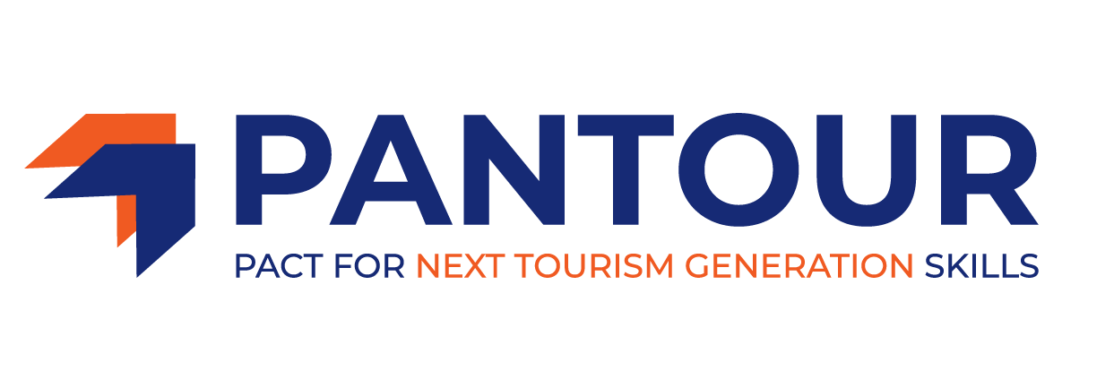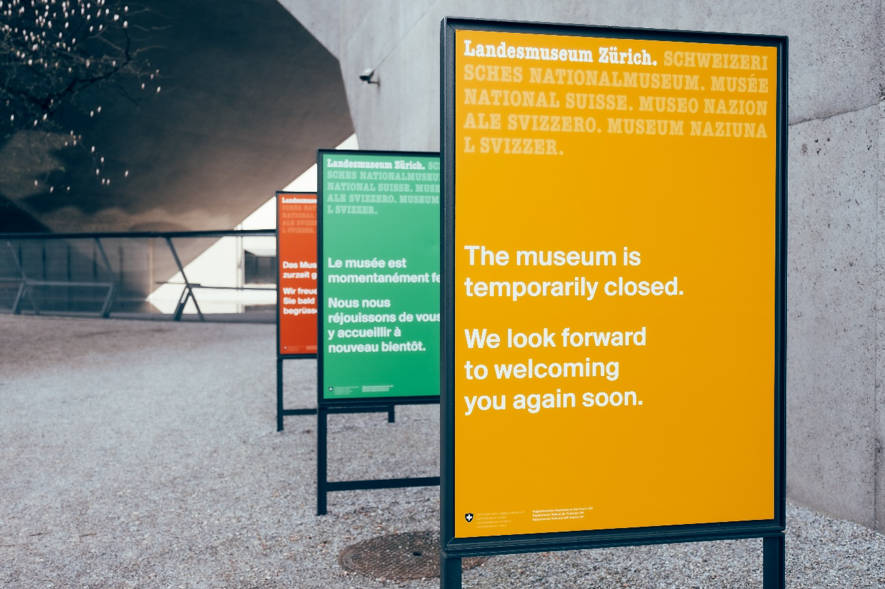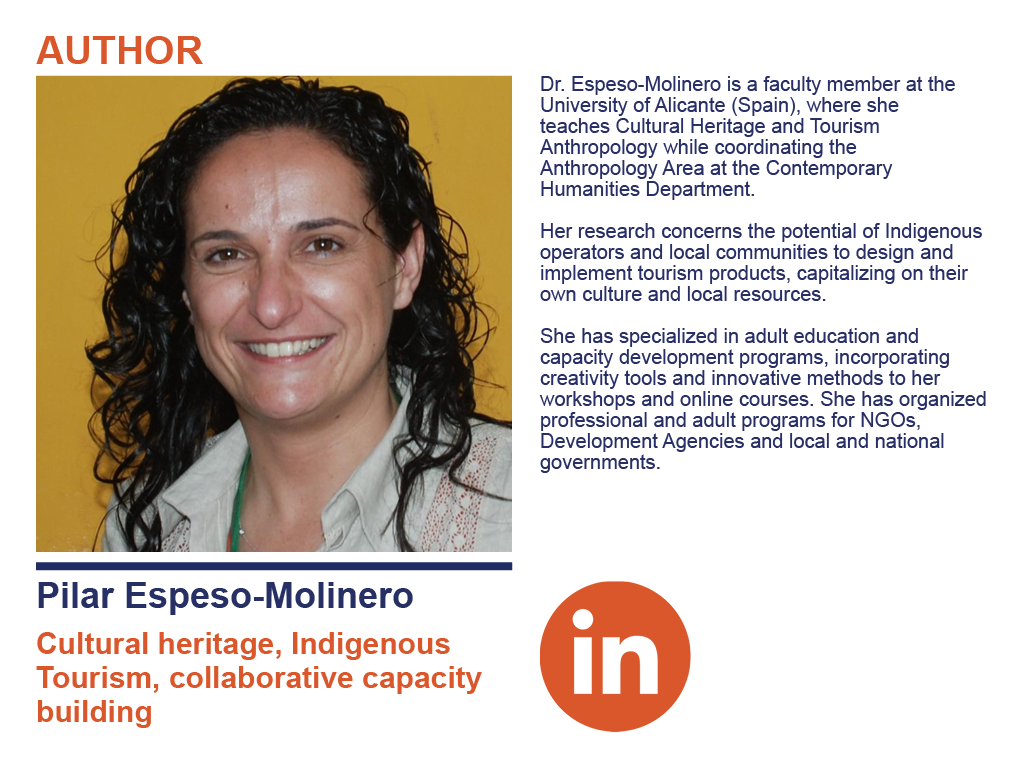How museums have used their skills to adapt to the corona crisis
According to the recent UNESCO report “Museums around the world in the face of COVID 19”, 90% of museums, globally, have been forced to close their doors during the corona crisis and more than 10% may never reopen. Most cultural professionals have been forced to work from home and many have adapted their traditional roles to support different departments and functional areas of expertise. Faced with extremely challenging times, the management and staff of cultural institutions have been able to respond in rapid and creative ways to the social and cultural needs of their societies, taxing their professional skills. Museums and heritage institutions have experienced several changes during this process, many of the trends and new practices will remain after the crisis and management and staff will need to be ready to welcome those changes. Through this thought-provoking and stimulating period, NTG digital and socio-cultural skills have become even more prominent for museum and heritage professionals. This piece presents some of the most interesting initiatives developed by museums around the world during the lockdown period and the way professionals have responded to the challenges. It also presents some of the trends that will probably continue after the crisis.
New avenues for digitization
Although many museums have already developed a presence on the internet prior to the crisis, during the lockdown most institutions have increased their digital activities responding to the growing demand. The Network of European Museums Organization (NEMO) reported a 24% increase in museums web traffic. In Europe, 82% of the population are connected to the internet and around 75% participate on social networks. Museum’s digital presence is becoming critical for their future and the pandemic has forced to speed up the adjustment process.
During the lockdown most institutions have developed special newsletters, have launched videos and quizzes, and promoted virtual tours, webinars, podcasts, and digital magazines. They also have added new digital objects to the online repository and have even proposed challenges to their audiences to document their lives during the pandemic. In order to react to these new demands, over 30% of respondents to the NEMO survey recon that museums have shifted staff responsibilities and task to suit online presence.
We can divide digital initiatives into four main directions: unique campaigns and series on social media; real time engagement through webinars and live stream content; immersive virtual tours with virtual and artificial reality; and diverse tools and forms of engagement aiming to entertain or support education in times where home schooling have become prevalent. Some interesting examples are the immersive virtual tour experience of the Rembrandt temporal exhibition at the Thyssen Bornemisza in Madrid or initiatives such as “Beyond The Walls” that allows internet users to virtually enter the Smithsonian American Art Museum.
Non-digital initiatives
The creativity of cultural professionals to confront the crisis has not only stayed in the digital realm, some institutions have offered real cultural experiences during the lockdown. An example is the exhibit organized by the Museum Boijmans Van Beuningen in partnership with Rotterdam Ahoy that allows the public to respect social distancing by using electric cars and driving through a vast exhibition hall where large artworks from the Boijmans collection and pieces from invited artists are exposed.
Merchandising professionals have responded to the crisis immediately and many museums and heritage places’shops already offer arty face masks. Other creative initiatives use transformed pictures to link their collections to the current pandemic. The Tenement Museum, one of the most iconic museums in battered NYC, offers Christmas postcards that rescue an old NYC photograph altered with a touch of color and modernity with a wish “All I want for Christmas is a vaccine “.
During the pandemic museums and heritage professionals have also managed to keep alive their links with local communities, fostering social cohesion and local identity. Some examples are initiatives such as the food distribution organized at the Queens Museum, where volunteers have helped families in need at the most affected neighborhood of New York. In the UK, the Museum of Homelessness, have supported the homeless community with food and care packages. Other heritage organizations have donated face masks and hygienic materials to local health and care institutions.
Emerging NTG skills and functions
With the closure of cultural institutions most workers have been forced to work remotely, continuing with their traditional tasks in their own functional areas or supporting colleagues in other departments. For instance, at the National Justice Museum in Nottingham, front-office staff were requested to create video and audio content for the internet and give support to other departments through research. These changes have forced a work environment to be more organic, flexible, and dynamic where functional areas become more fluid than before.
The educative role of museums and heritage institutions has assumed a new dimension helping parents in their home-schooling activities. A new “critical children’s museology is emerging” and didactic and interpretation professionals will need to produce engaging contents and programs not just for or about children but also, by and with children. Adults are also approaching the institutions requesting instructive as well as stimulating and experiential content where cultural and digital NTG skills will be paramount.
Fundraising has become a critical function to all museums, for many small and local institutions fundraising was a secondary function prior to the pandemic. However, suddenly, different income streams, from ticketing to merchandizing sales, have stopped and cultural organizations have turned into traditional fundraising methods or out-of-the box ideas to raise money to survive. Some of these creative ideas are Pajama Balls with gourmet meals delivered to donor’s houses, Virtual Galas with online auctions or Virtual Runs where every participant pledges the miles they will run on their own.
Final remarks
In the upcoming times, job competition in the cultural sector will be tough, and the implications of COVID will be long-lasting. However, according to the latest trends before the pandemic, cultural tourism has a stronger growing tendency than tourism in general and once the crisis is over, cultural tourism demand will take off again. Nevertheless, some of the changes and innovations introduced during this phase have come to stay and professionals in the sector must incorporate all these skills (digital, human, creative, …) to respond in a resilient way to current and future challenges.
As Heather Duck, a visitor lining up to enter the recently reopened MET after the pandemic hit New York, clearly expresses “I am so excited; I have missed seeing art in real life. The images online are wonderful, but there is nothing that can compare to seeing it in real life”[1]. Eventually we will all be able to go back to our preferred museums; heritage places and cultural institutions and tourism professionals will be ready to welcome us with new knowledge and skills making the cultural experience rich and alive.
[1] The Met museum reopens to visitors.





No Comments